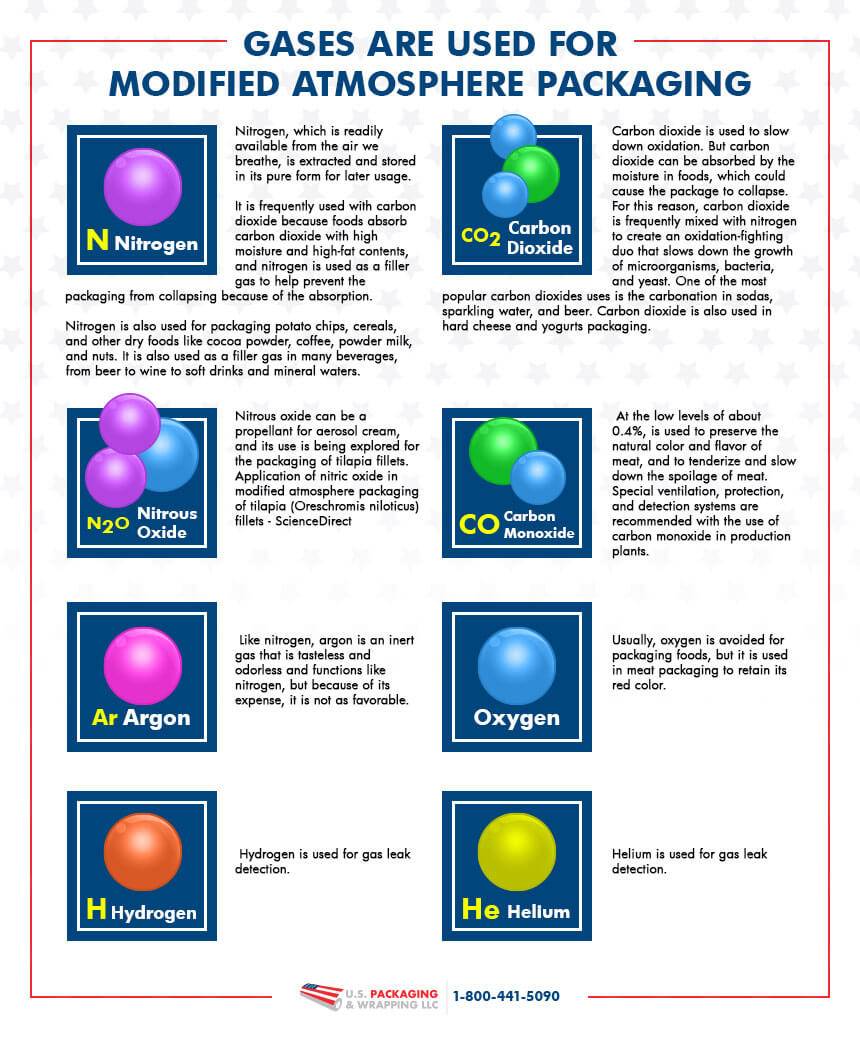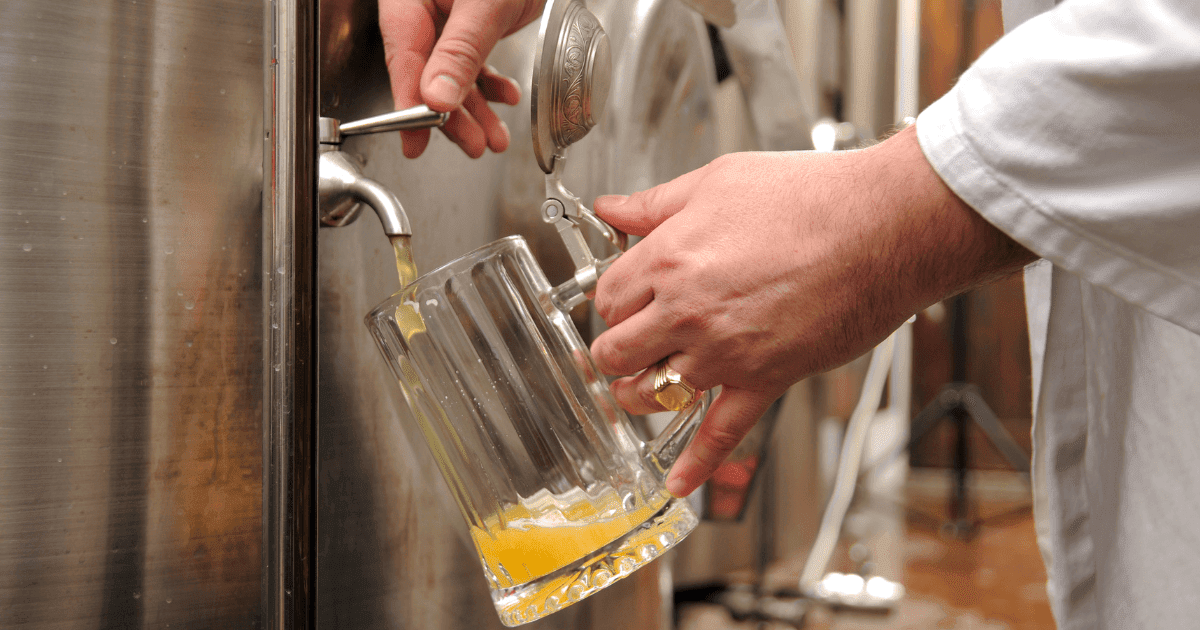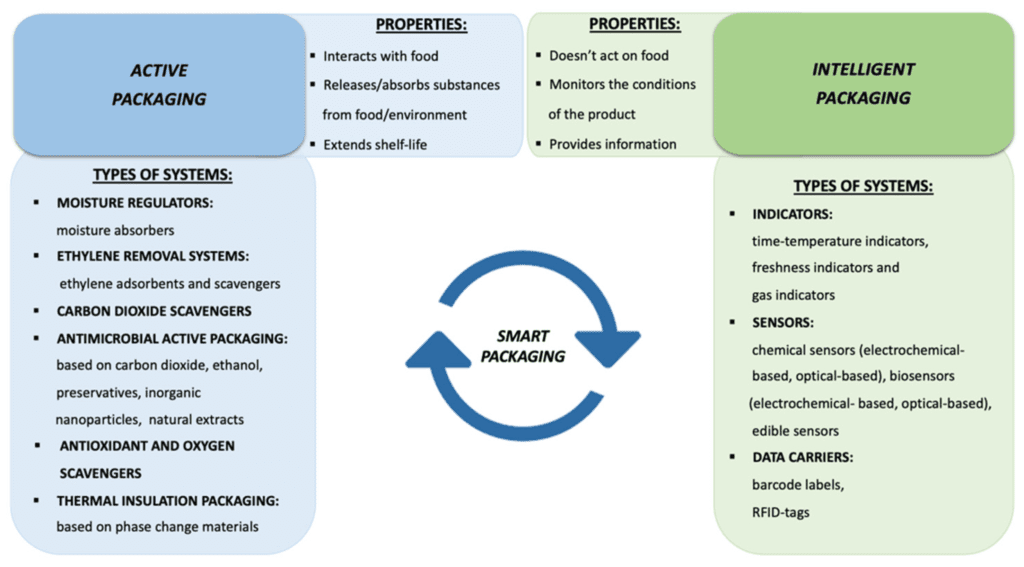Contents
- Benefits of Using CO2 for Food Storage
- Preservation of Food Quality
- Extended Shelf Life
- Reduced Need for Chemical Preservatives
- Improved Food Safety
- Key Takeaways: Benefits of Using CO2 for Food Storage
- Frequently Asked Questions
- How does CO2 benefit food storage?
- Does CO2 affect the taste of stored food?
- Is CO2 safe for food storage?
- Are there any environmental benefits to using CO2 for food storage?
- Can CO2 be used for all types of food storage?
- What are the major uses for CO2?
- Final Thoughts
When it comes to preserving food, we’re always on the lookout for the best methods to keep our meals fresh and delicious. One innovative solution that has gained traction in recent years is the use of carbon dioxide (CO2) for food storage. But what exactly are the benefits of using CO2 for this purpose? In this article, we’ll explore the advantages of utilizing CO2 as a means of preserving food and keeping it in optimal condition for longer periods.
One of the key benefits of using CO2 for food storage is its ability to inhibit the growth of bacteria and other microorganisms. As we all know, these tiny creatures are the culprits behind food spoilage, leading to unpleasant odors, flavors, and textures. By introducing CO2 into the storage environment, we create an atmosphere that is unfavorable for these microorganisms to thrive. As a result, our food stays fresher for longer, maintaining its taste and quality.
Another advantage of using CO2 is its non-toxic nature. Unlike other chemical preservatives that may have harmful effects on our health, CO2 is a natural component of the air we breathe. This makes it a safe and environmentally friendly choice for food storage. We can rest assured that our meals are not being exposed to any potentially harmful substances, allowing us to enjoy them with peace of mind. So, if you’re looking for a safe and effective way to extend the shelf life of your food, consider harnessing the power of CO2 for your storage needs.

Benefits of Using CO2 for Food Storage
Carbon dioxide (CO2) has long been recognized as a valuable tool in the food industry, especially when it comes to food storage. It offers numerous benefits that help to preserve the quality, freshness, and safety of food products. In this article, we will explore the advantages of using CO2 for food storage and why it is a preferred method in many food processing and packaging operations.
Preservation of Food Quality
One of the primary benefits of using CO2 for food storage is its ability to preserve the quality of perishable food items. CO2 acts as a natural preservative by inhibiting the growth of spoilage-causing bacteria. By creating an environment with elevated levels of CO2, the growth of bacteria and other microorganisms that cause food spoilage is significantly slowed down. This helps to extend the shelf life of fresh produce, meats, and dairy products, ensuring that they remain fresh and safe for consumption for a longer period.
In addition to inhibiting bacterial growth, CO2 also helps to maintain the color, texture, and flavor of food products. It slows down enzymatic reactions that lead to browning and deterioration of food quality. For example, when fruits and vegetables are exposed to oxygen, they undergo oxidative browning, resulting in a loss of color and texture. CO2 helps to minimize this process, keeping fruits and vegetables vibrant and crisp for a longer time. Similarly, CO2 can help to preserve the flavor of packaged foods, preventing the loss of aroma compounds that contribute to their taste.
Extended Shelf Life
Another significant advantage of using CO2 for food storage is the extension of shelf life it offers. By creating an environment with controlled levels of CO2, the growth of spoilage organisms and pathogens is effectively inhibited. This means that food products can maintain their quality and safety for a longer duration, allowing for better inventory management and reduced food waste.
For example, in the case of fresh produce, such as lettuce or berries, the use of CO2 can extend their shelf life by several days or even weeks. This is crucial for the food industry, as it allows producers, distributors, and retailers to store and transport perishable items over longer distances without compromising their quality. Additionally, extended shelf life provides consumers with a wider window to purchase and consume fresh food products, reducing the likelihood of food waste at the consumer level.
Reduced Need for Chemical Preservatives
The use of CO2 for food storage also reduces the reliance on chemical preservatives. Traditional methods of food preservation often involve the use of synthetic preservatives, such as sulfites or benzoates, which can have negative health implications and may cause allergic reactions in some individuals. CO2, on the other hand, is a natural component of the atmosphere and does not pose any health risks when used within recommended levels.
By employing CO2-based storage techniques, food manufacturers can minimize or eliminate the need for chemical preservatives, offering consumers a cleaner and more natural product. This is particularly important for individuals with sensitivities or allergies to certain preservatives, as CO2 provides a safe alternative for preserving food without compromising its quality or safety.
Improved Food Safety
Food safety is a top priority in the food industry, and the use of CO2 for food storage plays a crucial role in ensuring the safety of food products. CO2 acts as a natural antimicrobial agent, effectively inhibiting the growth of pathogens such as Salmonella, E. coli, and Listeria. The presence of CO2 creates an inhospitable environment for these harmful bacteria, reducing the risk of foodborne illnesses.
Furthermore, CO2 can be used as a sanitizing agent to decontaminate food contact surfaces and equipment. Its antimicrobial properties make it an effective tool in preventing cross-contamination and maintaining hygienic conditions in food processing and packaging facilities. By incorporating CO2 into food storage practices, the industry can enhance food safety measures and protect consumers from potential health hazards.
In conclusion, the benefits of using CO2 for food storage are numerous and significant. From preserving food quality and extending shelf life to reducing the need for chemical preservatives and improving food safety, CO2 offers a natural and effective solution for the food industry. Its use not only benefits food producers and distributors but also ensures that consumers can enjoy fresh, high-quality, and safe food products. By harnessing the power of CO2, the food industry can continue to innovate and meet the growing demand for sustainable and safe food storage practices.
Key Takeaways: Benefits of Using CO2 for Food Storage
- CO2 helps extend the shelf life of food by inhibiting the growth of bacteria and mold.
- Using CO2 for food storage reduces the need for chemical preservatives, making it a healthier option.
- CO2 maintains the freshness and quality of perishable goods, such as fruits and vegetables.
- By controlling the levels of CO2, it is possible to slow down the ripening process of certain fruits, increasing their longevity.
- Using CO2 for food storage is an environmentally friendly choice, as it is a naturally occurring gas and does not contribute to pollution.
Frequently Asked Questions
How does CO2 benefit food storage?
CO2, or carbon dioxide, offers several benefits when used for food storage. Firstly, it acts as a natural preservative, inhibiting the growth of spoilage-causing bacteria and fungi. This helps to extend the shelf life of perishable foods, reducing food waste and ensuring that consumers have access to fresh and safe products.
Additionally, CO2 helps to maintain the quality and appearance of stored foods. It slows down the oxidation process, delaying the browning of fruits and vegetables and preserving their vibrant colors. This is especially important for delicate produce, such as berries and leafy greens, which are highly susceptible to discoloration.
Does CO2 affect the taste of stored food?
No, CO2 does not significantly affect the taste of stored food. Unlike other preservation methods, such as freezing or canning, CO2 does not alter the flavor or texture of the products. This makes it an ideal choice for preserving the natural taste and quality of fresh foods.
However, it’s important to note that excessive levels of CO2 can lead to a slight carbonation effect, which may be undesirable for certain food items. Proper monitoring and control of CO2 levels is crucial to ensure that the stored food remains unaffected in taste and texture.
Is CO2 safe for food storage?
Yes, CO2 is considered safe for food storage when used properly. It is a non-toxic gas that is commonly found in the atmosphere. It is also used in various food processing and packaging applications, ensuring its safety for consumption.
However, it is important to handle and store CO2 with caution. High concentrations of CO2 can displace oxygen in confined spaces, leading to asphyxiation. Proper ventilation and monitoring systems should be in place to prevent any potential risks.
Are there any environmental benefits to using CO2 for food storage?
Yes, using CO2 for food storage offers environmental benefits as well. CO2 is a naturally occurring gas that is readily available and abundant in the atmosphere. By utilizing CO2 as a food preservative, we can reduce the reliance on synthetic chemicals and artificial preservatives, which may have negative environmental impacts.
Furthermore, CO2 is a byproduct of various industrial processes, such as power generation and fermentation. By capturing and utilizing CO2 for food storage, we can contribute to its effective utilization and reduce greenhouse gas emissions.
Can CO2 be used for all types of food storage?
CO2 can be used for a wide range of food storage applications. It is commonly used for preserving fresh fruits, vegetables, and meats, as well as extending the shelf life of packaged products. CO2 is also utilized in controlled atmosphere storage, where oxygen levels are reduced to slow down spoilage and maintain product quality.
However, it’s important to consider the specific requirements of each food item and the optimal storage conditions. Some foods may be more sensitive to CO2 levels or require specialized storage techniques. Proper research and consultation with food experts are recommended to ensure the effective and safe use of CO2 for specific food storage needs.
What are the major uses for CO2?
Final Thoughts
Now that we’ve explored the benefits of using CO2 for food storage, it’s clear that this method offers numerous advantages for preserving the freshness and quality of our food. By harnessing the power of carbon dioxide, we can extend the shelf life of perishable items, reduce food waste, and maintain nutritional value. Additionally, CO2 is a safe and natural option that minimizes the need for chemical preservatives.
One of the key advantages of using CO2 is its ability to inhibit the growth of bacteria and other microorganisms. By creating an environment with high levels of carbon dioxide, we can effectively slow down the spoiling process, keeping our food fresh for longer periods. This not only reduces food waste but also allows us to enjoy our favorite seasonal produce even when it’s out of season.
Another benefit is the preservation of nutritional value. Unlike other food storage methods that may cause nutrient loss, CO2 helps retain the vitamins and minerals in our food. This means we can still get the essential nutrients our bodies need, even if the food has been stored for an extended period.
Additionally, using CO2 for food storage is a more sustainable option. It eliminates the need for chemical preservatives, which can be harmful to both our health and the environment. By opting for CO2, we can reduce our reliance on synthetic additives and contribute to a greener and healthier planet.
In conclusion, the benefits of using CO2 for food storage are undeniable. From extending shelf life to preserving nutritional value and promoting sustainability, this method offers a holistic approach to keeping our food fresh. So, let’s embrace the power of carbon dioxide and make our meals last longer while minimizing waste and maximizing flavor.




